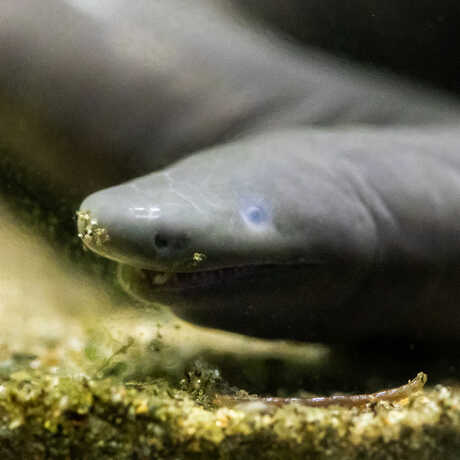Our Gothest Animals

For those of us who thrive in darkness, October in San Francisco is the cruelest month. Why? It’s hideously warm and sunny. Luckily, Steinhart Aquarium offers refuge from the clement weather—and the perfect opportunity to highlight eight of its residents that best embody spooky season.
Each animal was ranked using four key criteria, and they appear in least-to-most-goth order below:
- Appearance: Attributes that intimidate and/or are seance-appropriate
- Habitat: Preference for dark, dank, or otherwise somber environments
- Musical taste: Probability of encountering the animal at a Cure concert
- Behavior: Tendency to brood, bite, or dance menacingly
Enjoy our macabre menagerie, and we wish you a moody, morose, and altogether morbid Halloween.
Plunge to the bottom of this post for a map of the featured creatures.

Females let their young get under their skin—literally.
After mating, males will push 60-100 freshly laid eggs onto females' backs, where a layer of skin will grow over them. After 3-4 months…POP! Tiny toadlets burst forth in a trypophobe's worst nightmare.
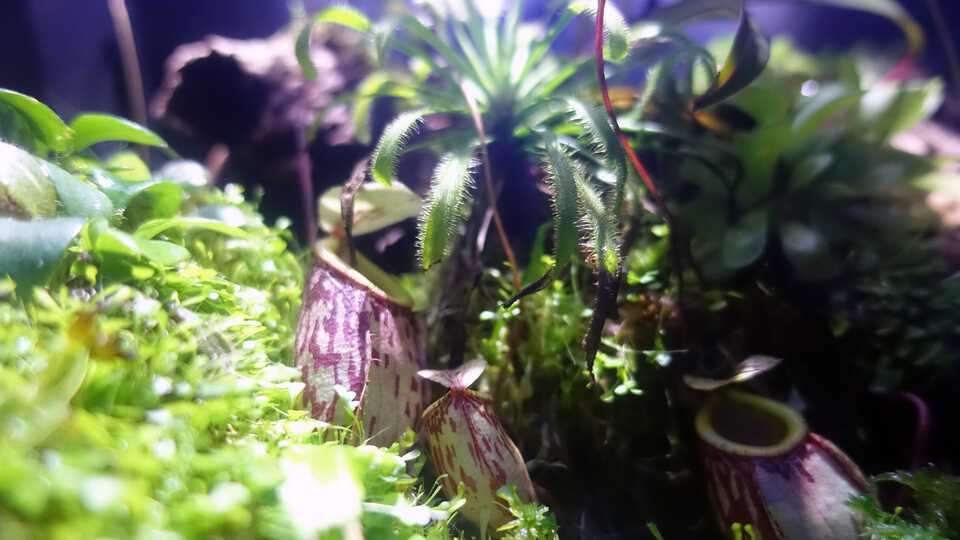
A wicked garden that feeds on flesh, not sun.
Butterworts, Cape sundews, pitcher plants, and Venus flytraps produce sweet-smelling liquids that lure unsuspecting insects into their sticky clutches…and then digest them alive.

Goths live to shock. This fish shocks to live.
With an undulating fin running the length of its underbelly, this predator is stunning in more ways than one. Electricity-producing organs help it maneuver through murky waters—and incapacitate prey with 500-volt shocks.
Gayle Laird © 2022 California Academy of Sciences
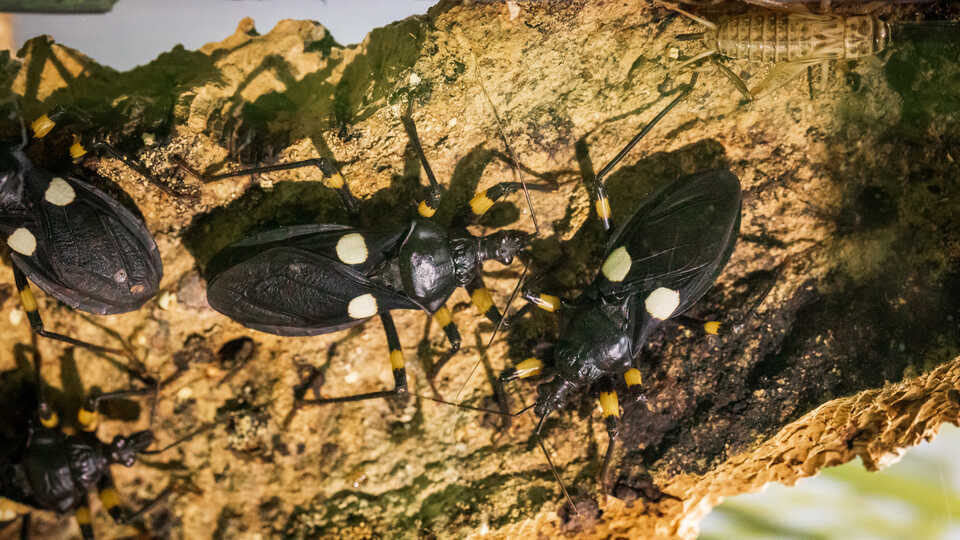
Killer style with a kiss of death.
This insect is black-and-white chic with two toxic tricks up its proboscis: It injects one kind of venom to liquefy its prey’s tissues for easy slurping, and uses another to defend against predators with a painful bite.
Gayle Laird © 2020 California Academy of Sciences
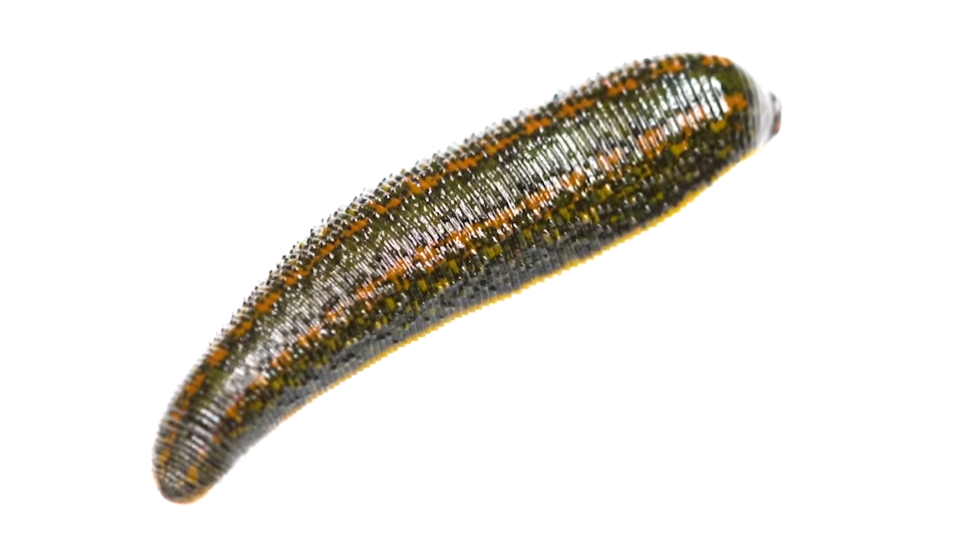
From villainous ghoul to vital tool.
Gone are the days of bloodletting, but this sneaky little sucker is useful in modern medicine. Leeches inject anesthetics to block pain so prey won’t notice a bite, and anticoagulants to stop blood from clotting during a meal.

All bark, some bite.
An exemplar of animal gothness: Fearsome appearance but secretly gentle. Sure, its powerful jaws can easily crunch through crustaceans, but this misunderstood fish is known to be curious, and even affectionate, with familiar divers.
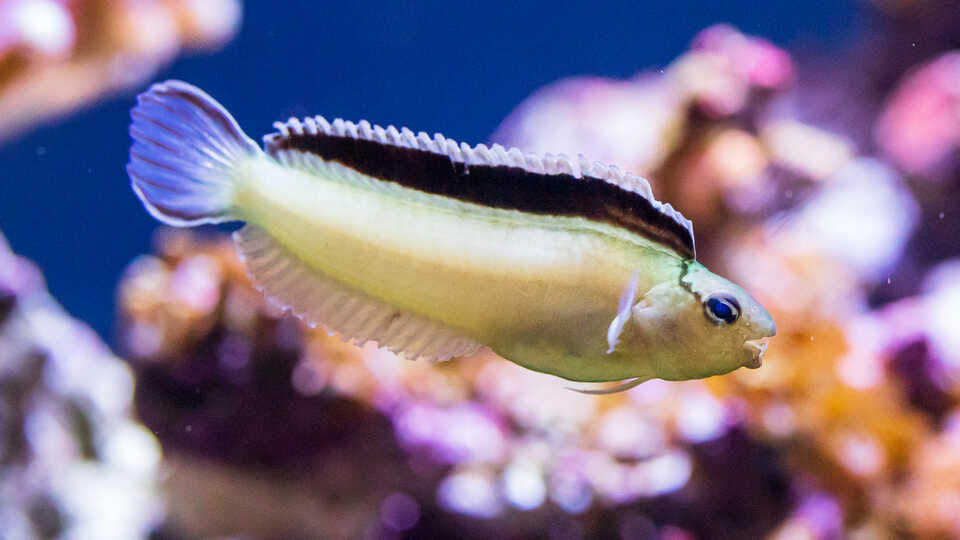
Don’t mess with a fish with eyeliner.
With a dramatic black stripe angling through its eyeballs, this fish is as fashionably fierce as it looks. If attacked, it chomps on its predator, delivering venom with long, grooved fangs. Disoriented, the predator will spit out the often unharmed fish.
Gayle Laird © 2020 California Academy of Sciences

The dead can dance.
No bones about it: This unusual little invertebrate easily takes the goth crown. Despite its frail, pale appearance, it comes to life when it senses prey, swaying its spindly body to snatch a snack as if dancing to a darkwave beat.
Gayle Laird © 2022 California Academy of Sciences
Our interactive map will help you navigate the shadowy corridors of Steinhart Aquarium. Please note, however, that it doesn't include the location of individual species.



